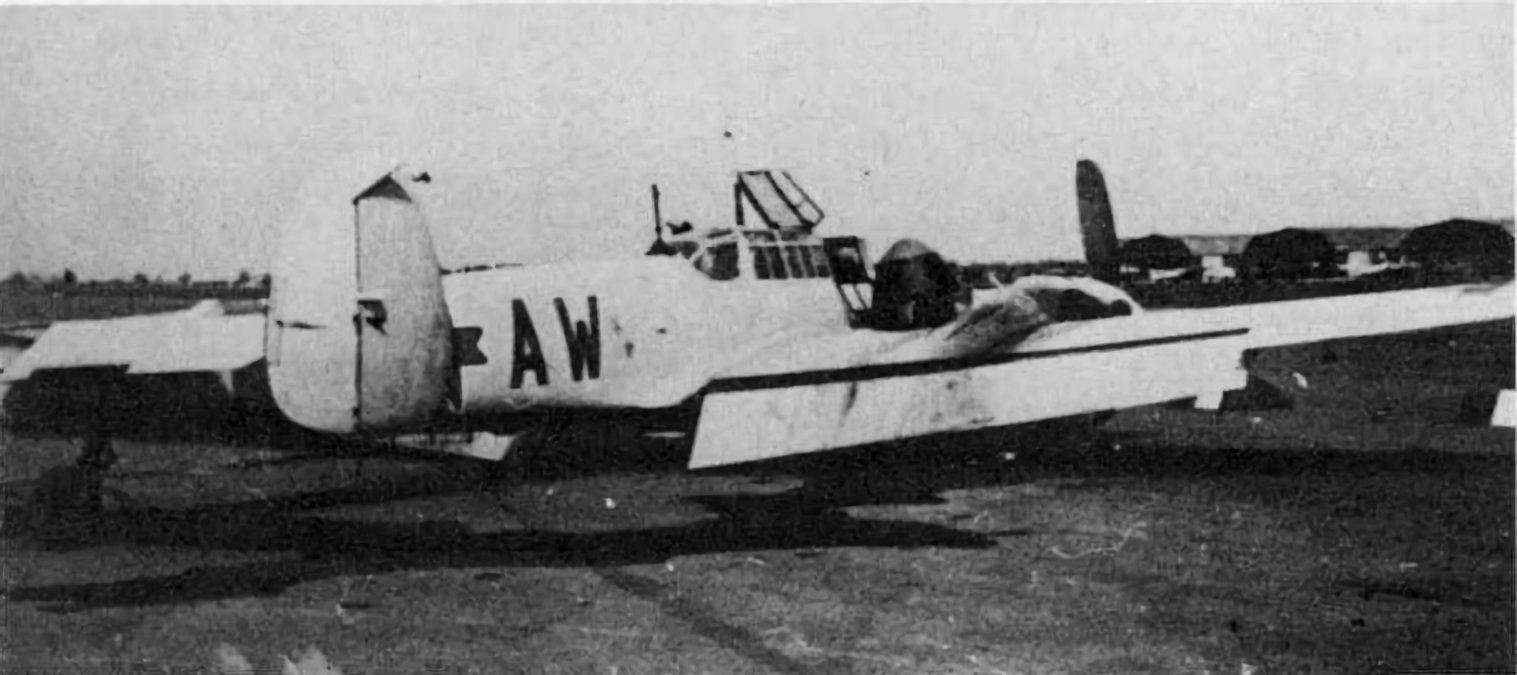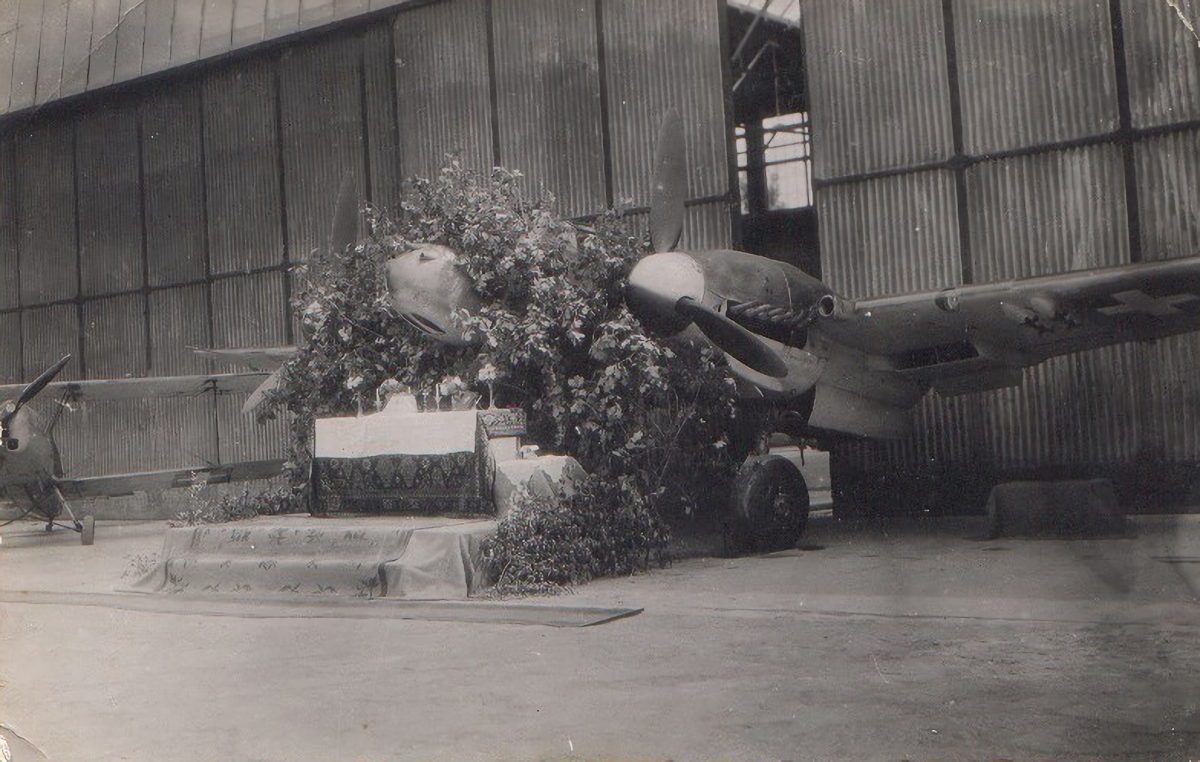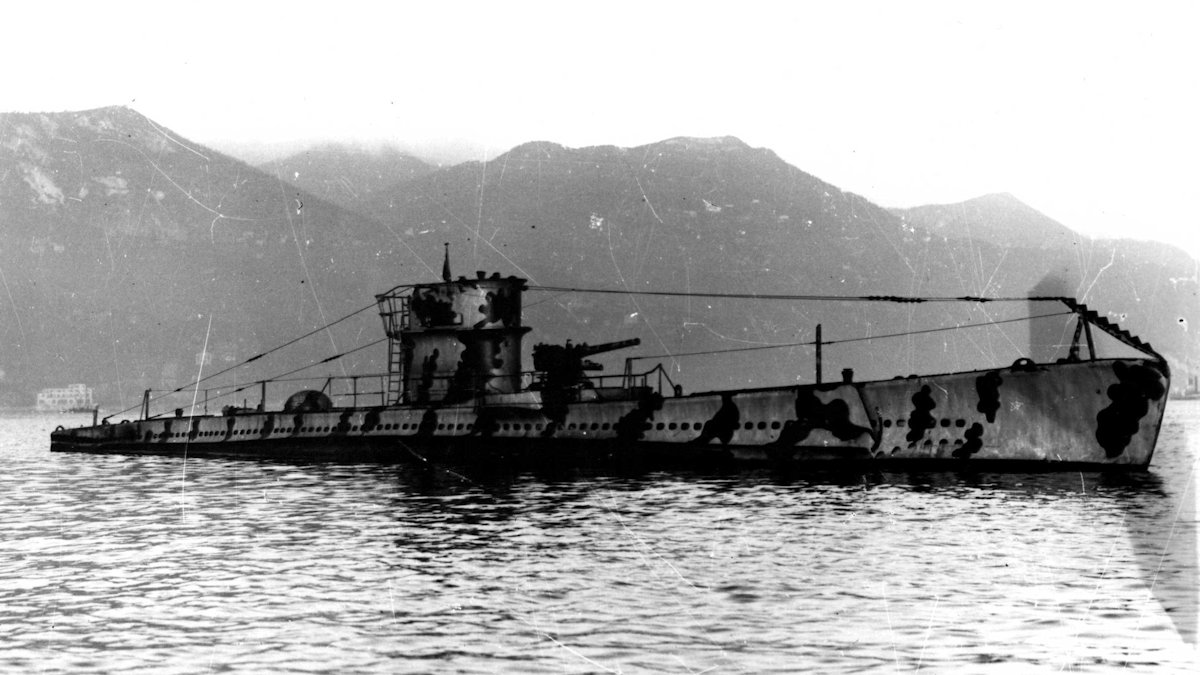Tag: World War Two
-
Messerschmitt Bf 110 in Romanian Service

Messerschmitt Bf 110 in Romanian Service The Royal Romanian Air Force operated a small number of Messerschmitt Bf 110 fighters during the Second World War. Approximately 12 110Cs, 2 110Es and 9 110Fs were used. Read more
-
Messerschmitt Bf 110 in Hungarian Service

Messerschmitt Bf 110 in Hungarian Service From December 1944, approximately 14 Messerschmitt Bf 110G-4 night fighters were provided to the Royal Hungarian Air Force. Read more
-
Italian Submarine Perla

Italian Submarine Perla Perla was the lead ship of her class of submarines built for the Italian Regina Marina. On June 6, 1942, Perla launched two torpedoes at the British corvette HMS Hyacinth. Both missed and Hyacinth counter attacked with depth charges. Suffering serious damage, Captain Ventura ordered her to surface and be scuttled. Damage… Read more